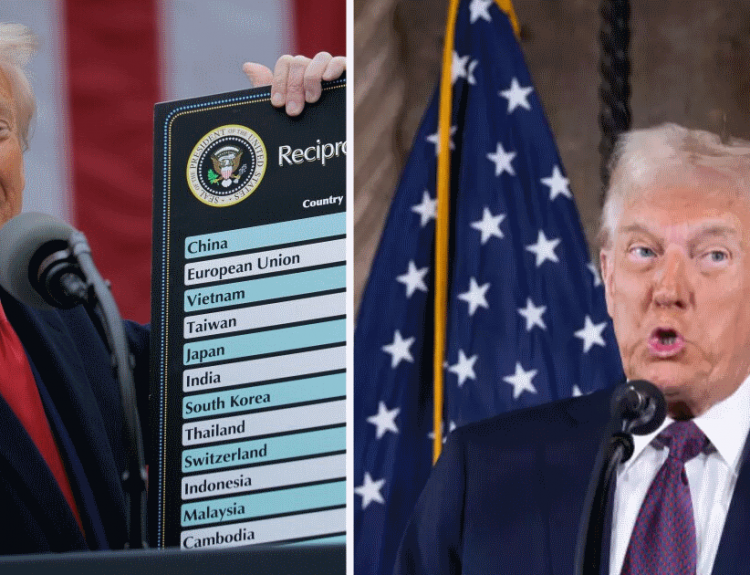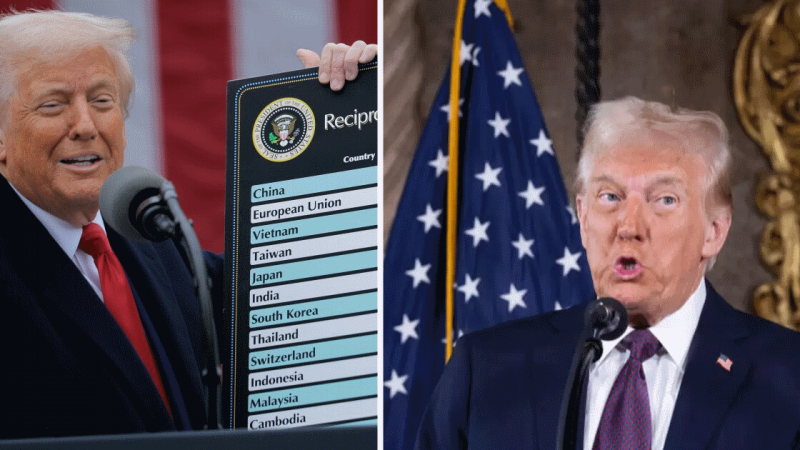Following President Trump’s precision airstrikes on Iran’s nuclear facilities, analysts are warning that U.S. drivers could face steep increases at the pump. A surge in crude oil volatility and heightened geopolitical risk premiums are poised to push national average gas prices well above $4 per gallon by late summer, according to industry experts and federal data.
@EIAgov “Wholesale gasoline prices spiked by 15% in the Gulf region within 24 hours of U.S. strikes.” via X
The U.S. Energy Information Administration’s latest Today in Energy report shows Gulf Coast spot prices for gasoline climbing to $2.10 per gallon—up from $1.82 just before the strikes. Since Gulf refiners supply nearly 40% of the nation’s gasoline, any bump in spot rates quickly filters through to consumer costs.
“We’re entering a regime where geopolitical shocks translate rapidly into American pump pain,” says Cynthia Barnes, head of energy research at Reuters. She notes that “with Iran supplying about 3% of global oil exports, markets overreact to even limited disruptions.”

@ReutersBiz “Oil futures for Brent crude jumped 5% overnight, the largest one-day gain since early 2024.” via X
Brent crude breached $90 per barrel in Asian trading, echoing last year’s highs during the Syria conflict. Hedge funds quickly increased net long positions on Brent by 20%, per a Bloomberg commodity analysis. Goldman Sachs updated its forecast, projecting Brent at $95/barrel by August if tensions persist.
Consumer advocates warn that this jump will manifest at U.S. pumps within days. AAA’s daily price survey indicates the national average stood at $3.65 per gallon pre-strike; a one-dollar-per-barrel crude rise traditionally adds about 2.5 cents to retail gas prices AAA Gas Prices. With crude up $5, that equates to a 12.5-cent increase almost instantly.
@AAAnews “Drivers could see pump prices climb by as much as 15¢/gal in the coming week.” via X
In statewide markets, the impact will vary. California motorists, already paying $4.80/gal, could spike above $5.00, warns the CNBC report. Meanwhile, Gulf Coast prices, capped by local wholesale rates, may only rise to about $3.20/gal. Economists at the Federal Reserve Bank of St. Louis caution that regional disparities will exacerbate inflationary pressures on household budgets.
Midwestern drivers could feel some relief if significant volumes reroute from Gulf refiners to the Rockies, but pipeline constraints make swift reallocation difficult. The American Petroleum Institute is urging Congress to expedite approvals for critical pipeline expansions to mitigate future disruptions.
@APISpeaks “We need infrastructure resilience—pipeline delays mean consumers bear the brunt of geopolitical risks.” via X
On Capitol Hill, lawmakers from oil-producing states are calling for a temporary suspension of the federal gasoline tax, currently 18.4 cents per gallon. Senator Joe Manchin (D–WV) said on Politico that “families can’t afford spikes for actions they had no role in authorizing.” Yet other legislators argue that tax revenues fund highway maintenance and can’t be easily forgone.

Energy Secretary Jennifer Granholm pointed to the Department of Energy’s highway funding, noting that “any suspension must be matched by alternative funding or states will lose critical road projects.”
Meanwhile, some economists see a silver lining: higher gas prices may accelerate the shift to electric vehicles (EVs). BloombergNEF data shows global EV sales rose 40% year-over-year in Q2, driven partly by fuel-cost anxiety BloombergNEF. “When gasoline hits $5, consumers rethink total-cost-of-ownership,” says EV analyst Miguel Rodriguez.
@BNEF “Spike in gasoline costs correlates with 20% jump in EV inquiries at dealer websites.” via X
Oil industry veteran and former OPEC delegate Ali Al-Naimi told Financial Times that “short-term price volatility is inevitable. But unless the conflict drags on, markets should stabilize by Q4, likely around $85/barrel.” This baseline would still translate to national pump averages above $3.80/gal.
Retailers are already adapting. Major grocery chains like Walmart and Target are offering fuel discounts linked to in-store loyalty programs, shaving up to 10 cents off per gallon. ExxonMobil’s network has introduced tiered pricing with discounted “Speedpass+” rates for regular customers ExxonMobil press release.
As the Fourth of July travel surge approaches, AAA projects record holiday road trips—over 43 million Americans planning drives over 50 miles. With gas prices set to surge, consumer group Consumer Reports suggests carpooling, cruise control use, and proper tire inflation as top tips to stretch each gallon.
Looking ahead, the Federal Reserve will closely monitor core inflation figures, as energy costs account for 7% of the Consumer Price Index. At the Fed’s July meeting, policymakers are expected to weigh geopolitical energy shocks against the broader economic outlook.
For now, Americans can brace for a painful summer at the pump. Whether through tax relief, infrastructure investments, or accelerated EV adoption, the search for long-term stability continues—yet in the short term, experts agree that every trip to the gas station will sting a little more than last week.






